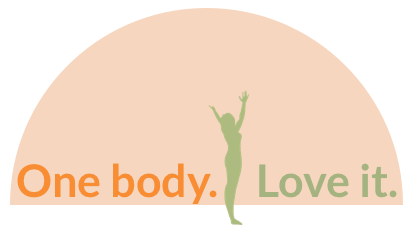In Return to Life Through Contrology, Joseph Pilates described his method as a way to unite body, mind and spirit through six key principles: breath, concentration, centring, control, precision and flow.
If you want to maximise your Pilates practice and build strong exercise habits for the gym, read on…
Breath
With the average adult taking 20,000 breaths a day, it’s no surprise that many people feel confused when Pilates teaches them how to breathe. Many people don’t breathe efficiently, using only half of their lung capacity.
The fact is that many people don’t breathe properly, using only half of their available lung capacity. Shallow breathing is common and is often caused by external factors such as stress, a sedentary lifestyle and poor posture. Breath comes from two main areas: the abdomen or the chest. Pilates emphasises ‘lateral thoracic breathing’, a technique that directs the breath into the chest.
Action:
 Imagine your ribcage as a pair of curtains. As you inhale, imagine that you are gently pulling the curtains apart, allowing the ribcage to expand sideways. Like curtains opening to let in light and air, this expansion creates space in the chest.
Imagine your ribcage as a pair of curtains. As you inhale, imagine that you are gently pulling the curtains apart, allowing the ribcage to expand sideways. Like curtains opening to let in light and air, this expansion creates space in the chest.
With each inhale, focus on filling the sides of your chest, feeling them expand as though the curtains are fully drawn open. On the exhale, the curtains softly close, releasing tension while keeping the core engaged. This imagery not only enhances breath awareness but also reinforces stability and control in your Pilates practice.
Concentration
Pilates generally promotes slow, mindful movements, making it a mental and physical discipline, training the mind to stay focused on what it is doing, how it is moving, and where it feels stabilised or under strain. When the mind starts to wander, bring it back to the breath and then focus on a specific area you can improve.
Concentration is essential when recovering from an injury as the proprioceptive system, which is responsible for providing the brain with information about the body’s position, movement and spatial orientation can be affected leading to compensatory movement patterns which develop into poor habits and cause longer-term problems. It’s no wonder that Pilates is known as an ‘intelligent exercise with profound results.’ Pilates himself stated that, ‘It is the mind itself that builds the body’.
Centring
Centring describes the use of the collective muscles that make up your ‘core’ or ‘powerhouse’; these are the abdominal, gluteal, pelvic floor and lower back muscles.
Before Pilates, I paid little attention to using these muscles at the beginning of each exercise, but as I learned to use them correctly, the strength grew from within. With practice, centring becomes second nature as you train your body to initiate seemingly unrelated movements from the centre of your body. You will move with greater stability through each movement, with more control, precision and finesse, while reducing the risk of strain and injury.
Control
Imagine a gymnast performing handstands on the balance beam, constantly regulating the execution of each move. Now imagine their descent – landing with remarkable precision and control.
 Pilates originally called his exercise method ‘Contrology’ to emphasise the importance of control in everything we do. From the initiation of a movement to its completion, control is crucial throughout.
Pilates originally called his exercise method ‘Contrology’ to emphasise the importance of control in everything we do. From the initiation of a movement to its completion, control is crucial throughout.
When practising Pilates (or any exercise programme), it’s important to tap into your inner dialogue and be mindful of your thoughts, because if your mind wanders away from your movement, you’re likely to lose control. Try to stay within your level of control and resist the urge to “jump to the next level”.
Take time to refine your moves. You may not be performing tricks like a gymnast, but you will develop more poise and grace, and move as the best version of yourself.
Precision
Precision is closely linked to control because, without control, precision in movement is lost. It is this principle that distinguishes Pilates from most other exercise systems.
Training with precision increases our spatial awareness and ensures correct alignment for each exercise. The mind functions like an internal GPS, guiding the body through all planes of movement with precision, ensuring accuracy in each repetition and sequence for better results.
See yourself as the architect of your own body, constantly refining and improving through mindful micro-adjustments. As you master each exercise, anticipate the next level while maintaining the same precision and accuracy
Flow
Flow also refers to mindful movement. As you expand your repertoire of exercises, you will begin to link them together to form sequences. Maintaining flow requires integrating all these principles into your practice.
together to form sequences. Maintaining flow requires integrating all these principles into your practice.
Training at higher speeds challenges your ability to maintain flow. Staying mindful of your performance and using your ‘inner critic’ to assess progress helps prevent bad habits, reducing the risk of muscular imbalances and injury
By embracing these Pilates principles, you’ll maximize your sessions and beyond. Going with the flow’ will take on a new, literal meaning. Your mind and body will develop the discipline to recognise their strengths, weaknesses, and limitations. You’ll sharpen your focus, reduce stress, and enhance posture and breathing—leading to greater mental clarity and overall well-being
“Done correctly and mastered to the point of unconscious response, these exercises will reflect grace and balance in your daily activities.” ~ Joseph Pilates

